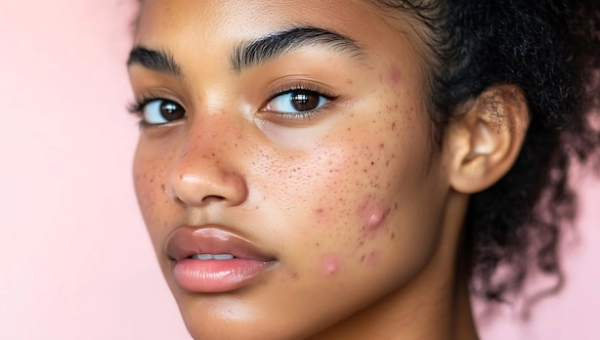Did You Know? What You Eat Has a Direct Effect on Your Skin?
May 12, 2025
Did You Know? What You Eat Has a Direct Effect on Your Skin?
Your skin is more than just your body’s largest organ, it’s a reflection of your inner health. While skincare products and routines get much of the spotlight, emerging research reveals that your diet plays a starring role in everything. From that stubborn pimple to lingering dark spots, your plate might hold clues to clearer, more even-toned skin. Let’s dive into how the foods you eat directly influence your skin’s health and appearance.
The Science Behind Diet and Skin Health
Your gut, hormones and skin are deeply interconnected. Here’s how diet impacts both breakouts and hyperpigmentation:
- Hormonal fluctuations: High-glycemic foods spike insulin, increasing oil production and clogging pores. For example white bread and processed snacks.
- Inflammation: Processed foods and sugars trigger inflammatory responses, worsening acne and post-inflammatory hyperpigmentation (PIH).
- Oxidative stress: A lack of antioxidants allows free radicals to damage skin cells, exacerbating discoloration.
- Gut-skin axis: An imbalanced microbiome can lead to leaky gut, releasing toxins that inflame the skin.
Foods That Trigger Breakouts
Not all foods are created equal when it comes to acne. Key culprits include:
1. High-glycemic carbs
- White bread, pastries, and sugary snacks spike blood sugar, fueling oil production.
2. Dairy
- Milk (especially skim) contains hormones that may overstimulate oil glands.
- Swap dairy milk for almond or oat milk if breakouts persist.
3. Processed and fried foods
- Trans fats and excess omega-6 fatty acids (common in fast food) promote inflammation.
Dietary Culprits of Hyperpigmentation
Skin discoloration, whether from acne scars, sun damage or melasma can worsen with:
1. Sugar and refined carbs
- Advanced glycation end products (AGEs) form when sugar binds to skin proteins, weakening collagen and increasing melanin production.
2. Alcohol
- Dehydrates skin and depletes glutathione, an antioxidant that fights pigmentation.
3. Inflammatory foods
- Red meat and fried items heighten oxidative stress, darkening existing spots.
Skin-Healing Foods to Embrace
Nourish your skin from within with these science-backed choices:
1. Anti-inflammatory powerhouses
- Fatty fish (salmon, mackerel): Rich in omega-3s to calm inflammation.
- Turmeric: reduces redness and inhibits melanin synthesis.
2. Antioxidant-rich foods
- Berries, dark leafy greens and green tea combat free radicals.
- Vitamin C sources (citrus, vegetables ) brighten skin by blocking tyrosinase, an enzyme involved in melanin production.
3. Probiotic foods
- Yogurt supports gut health, reducing systemic inflammation.
4. Hydration heroes
- Water, cucumber, and watermelon flush toxins and maintain skin elasticity.
A Skin-Friendly Diet Plan Sample day for glowing skin
- Breakfast: Oatmeal topped with blueberries, chia seeds and a sprinkle of walnuts.
- Lunch: Green salad with spinach, avocado and olive oil dressing.
- Snack: Green smoothie (avocado,banana and almond milk).
- Dinner: Brown rice with turmeric-roasted veggies.
Conclusion
As the saying goes “You are what you eat” and your skin is living proof. By nourishing your body with anti-inflammatory, antioxidant-rich foods and staying hydrated, you can unlock a healthier, more radiant complexion. Remember, consistency is key. Small, sustainable changes yield long-term results.
Stay safe and healthy!
Recent Post
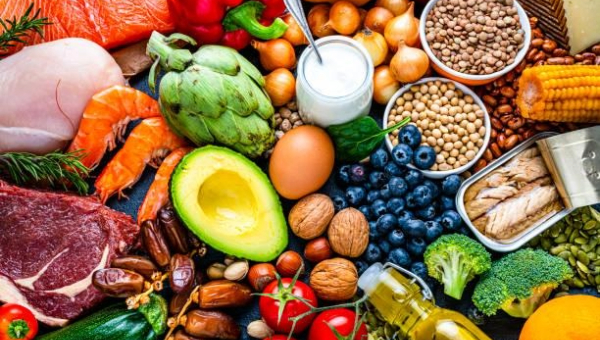
How to Eat Healthy: A Sustainable Approach to Nourishing Your Body

How to Build a Skincare Routine from Scratch: A Beginner’s Guide to Glowing Skin

Three Types of Stress: Causes, Effects & How to Cope
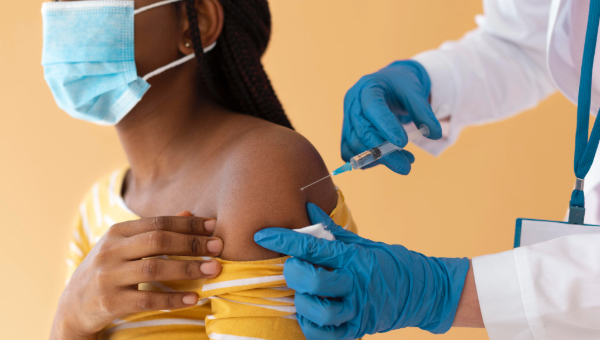
Stay Ahead of the Flu: Why Getting Vaccinated This Winter is Your Best Defense
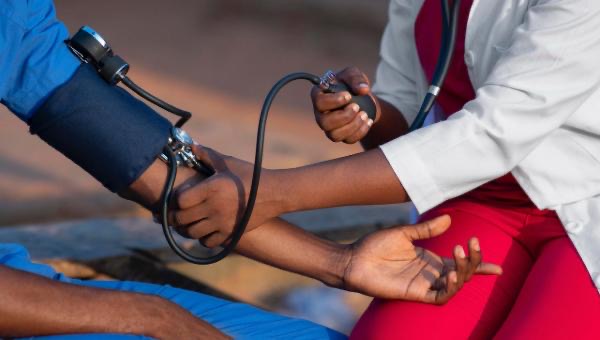
Top Causes of Hypertension + Management Tips
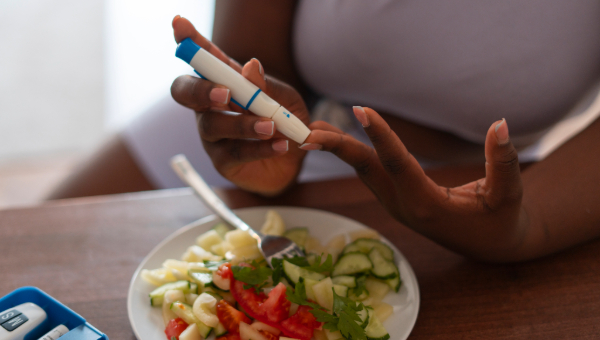
Living with Diabetes: Daily Habits for Better Blood Sugar Control

Understanding Your Prescription: A Guide to Labels

Tips for Healthy Aging: Embrace Wellness at Every Stage of Life

Did You Know? Sleep Deprivation Has a Serious Effect on Your Brain

Prioritizing Mental Health: A Key to Overall Well-Being

